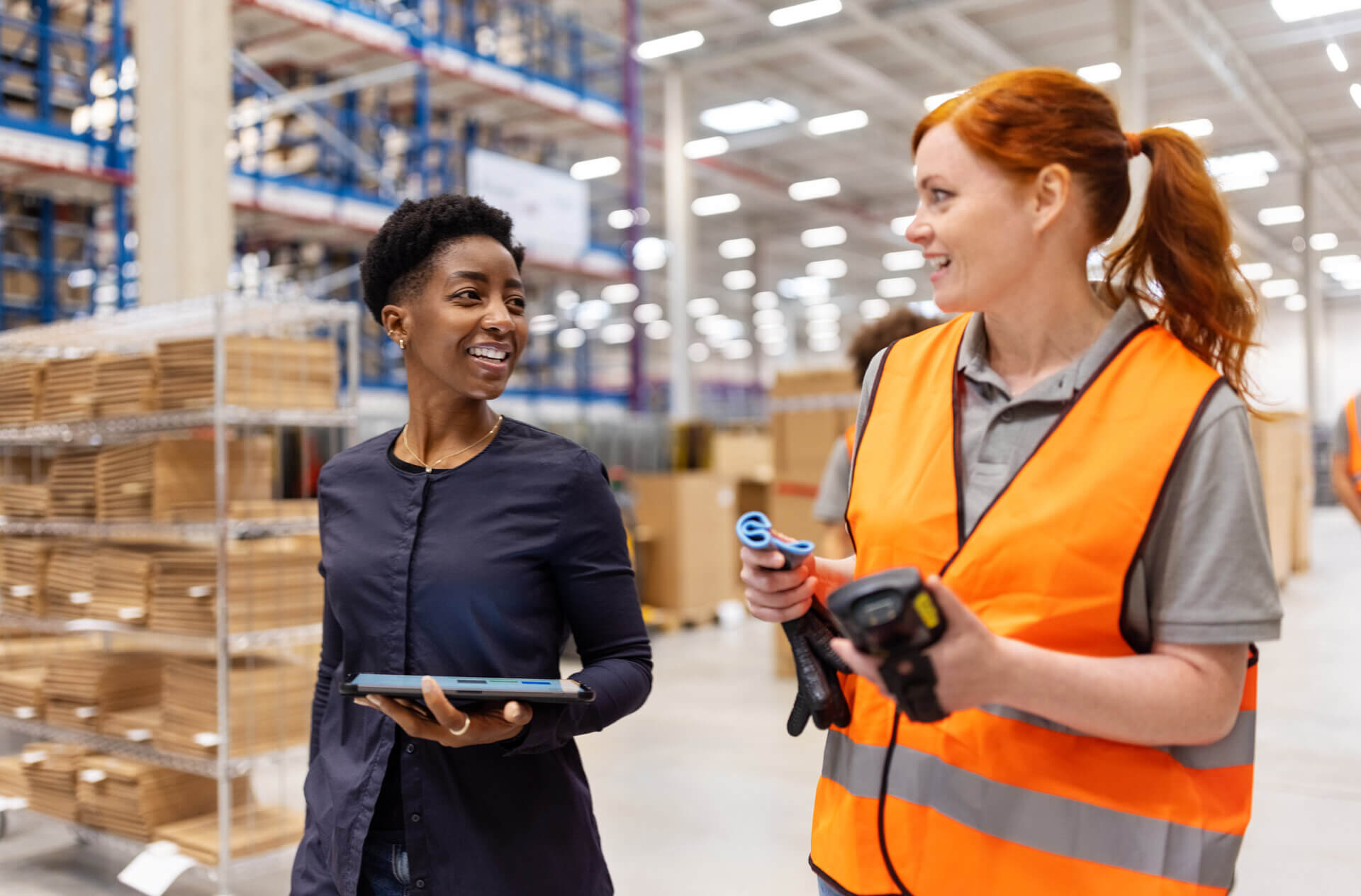In the world of occupational health and safety, knowledge is not just power – it’s the foundation upon which safer workplaces are built.
The recently released Work Health and Safety Statistics Australia report has provided us with a treasure trove of insights into workplace injuries, fatalities, and the factors that contribute to them.
As someone with over 15 years of experience in the vocational rehabilitation industry, I find these findings not only fascinating but also crucial for improving the wellbeing of our workforce.
1. The significance of ‘significant injuries’
The report reveals that approximately one in 12 workers have experienced a ‘significant injury’ in the past decade, necessitating a week or more away from work.
What’s intriguing, but not often well known, is that the severity of the injury is not always the sole factor behind extended time away from work.

Often, it’s the broader psychosocial dynamics at play, such as the nature of the job, the relationship with the employer, or pre-existing health issues, that contribute to these delays in returning to work (to name just a few).
Addressing these factors proactively and educating individuals about the Health Benefits of Good Work can be pivotal in preventing injuries from reaching ‘significant injury’ status.
2. The gender disparity in fatalities
One stark finding is that males account for a staggering 93% of all work-related fatalities.
However, a closer look reveals an interesting trend: the incidence of fatalities increases with age among male workers. This raises questions about why older workers face a higher risk of fatalities.
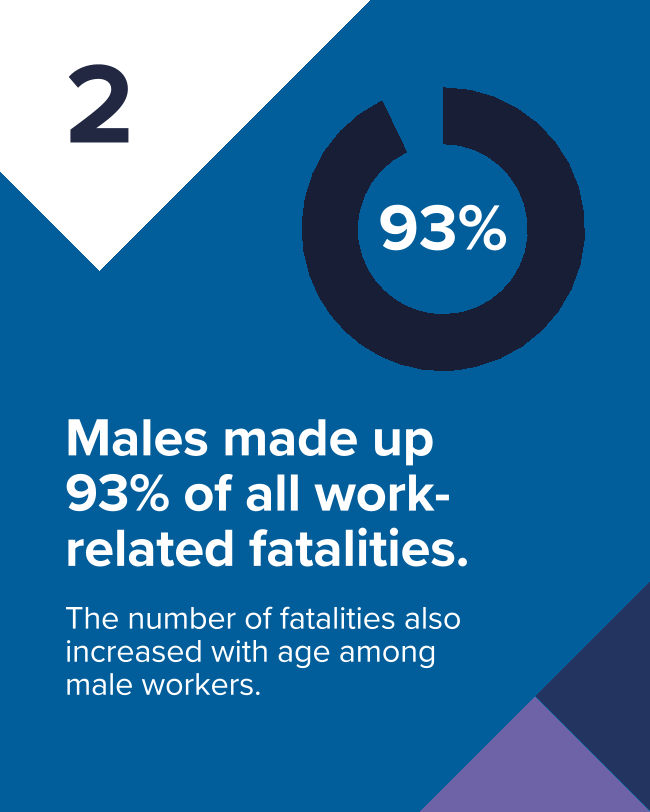
Is it due to complacency, challenging work tasks, or increased prevalence of fatigue?
Understanding these factors is essential to implement strategies that mitigate these risks as workers age.
3. The age factor in ‘significant injuries’
The report also highlights that workers in the 55-64 age group have the highest incidence of ‘significant injuries.’
Once again, the reasons behind this trend are not entirely clear. It could be associated to age-related health conditions, longer recovery times, or even the proximity to retirement age.
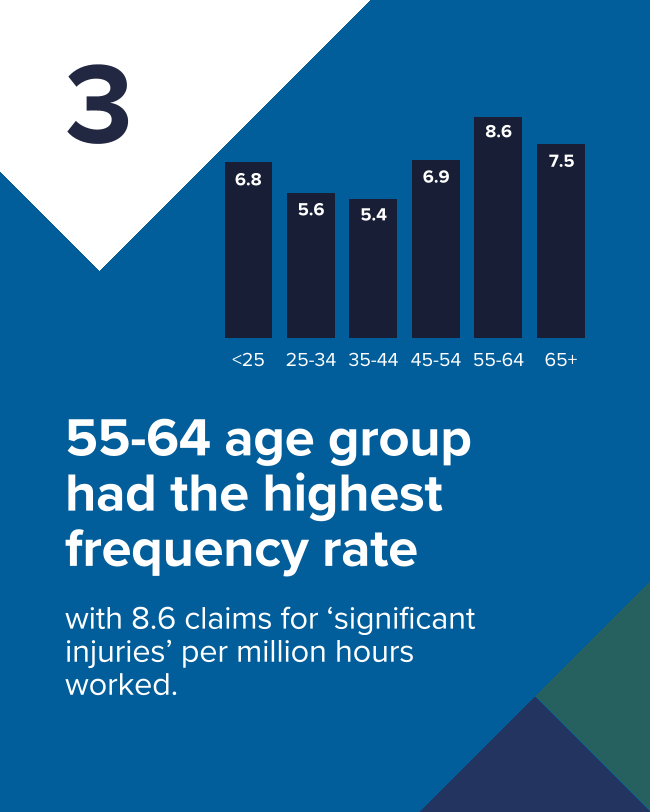
Investigating these factors can help develop proactive strategies to reduce the risk of serious injuries in older workers.
4. The importance of recovery at work
The data within this report emphasises the significance of early intervention and recovery at work.
Proactive and timely assessments of injuries, work roles, and psychosocial factors can promote recovery of the injury, and recovery at work, from day one.
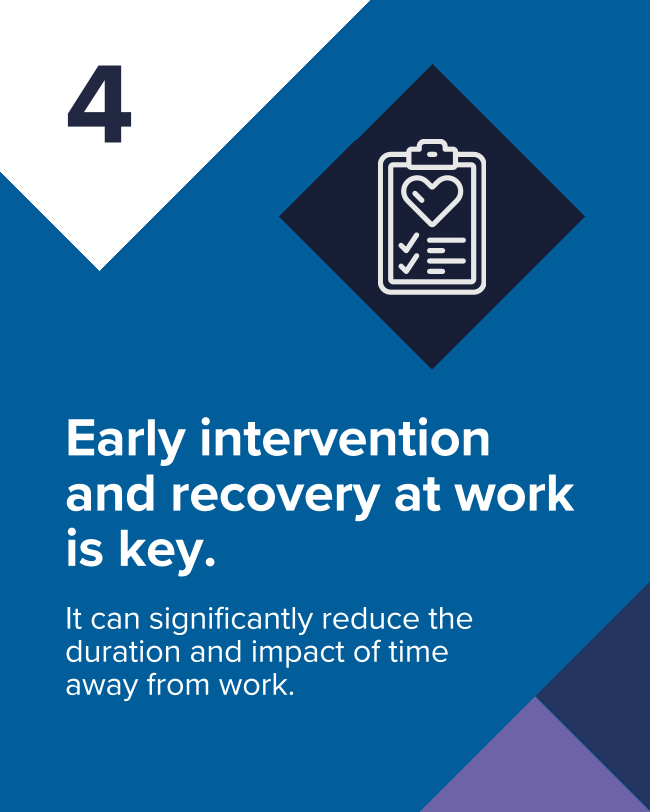
A collaborative approach involving medical professionals, treatment providers, workplaces, and rehabilitation providers can significantly reduce the duration and impact of time away from work.
5. Targeted research for industry-specific risks
Industries with higher injury rates, such as laborers, community and personal service workers, technicians and trade workers, and machinery operators/drivers, should conduct targeted research to understand the underlying causes of injuries that are more specific or prevalent to their industry and workforce.
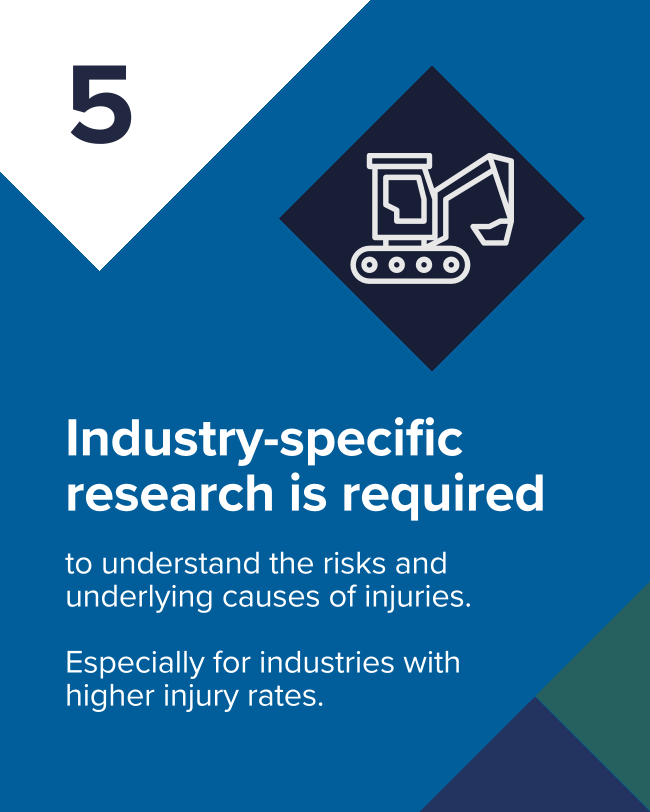
This knowledge can inform the development and implementation of initiatives aimed at reducing these trends.
Things to consider
From my experience, early intervention and a psychosocial approach can prevent some injuries from becoming ‘significant claims.’
Educating healthcare professionals and the public about the Health Benefits of Good Work is crucial.
Additionally, the overrepresentation of certain industries in serious injury claims should prompt further investigation into the underlying risk factors and targeted initiatives to address them.
The Work Health and Safety Statistics Australia report sheds light on critical aspects of workplace safety and injury prevention.
It’s a reminder that safety is not static – it’s a dynamic journey that requires collaboration, education, and a commitment to the wellbeing of our workforce.
By embracing these insights, we can strive for safer, healthier workplaces for all.
Sean Betland – General Manager, Interact Injury Management

